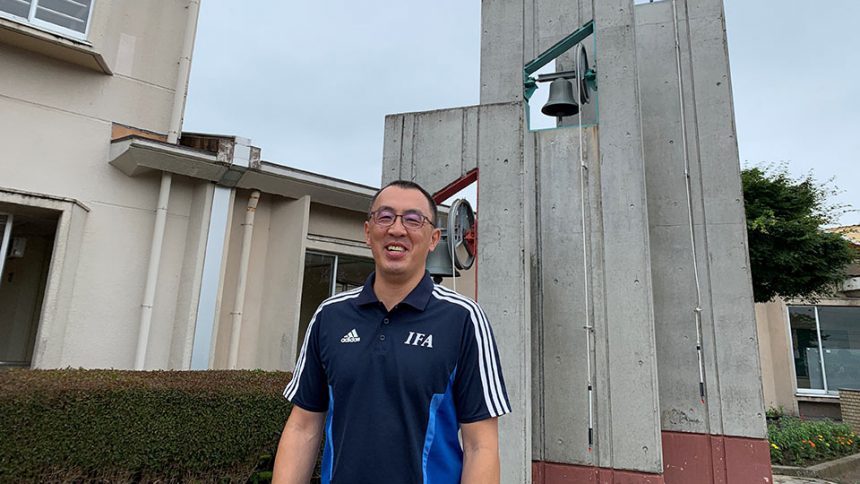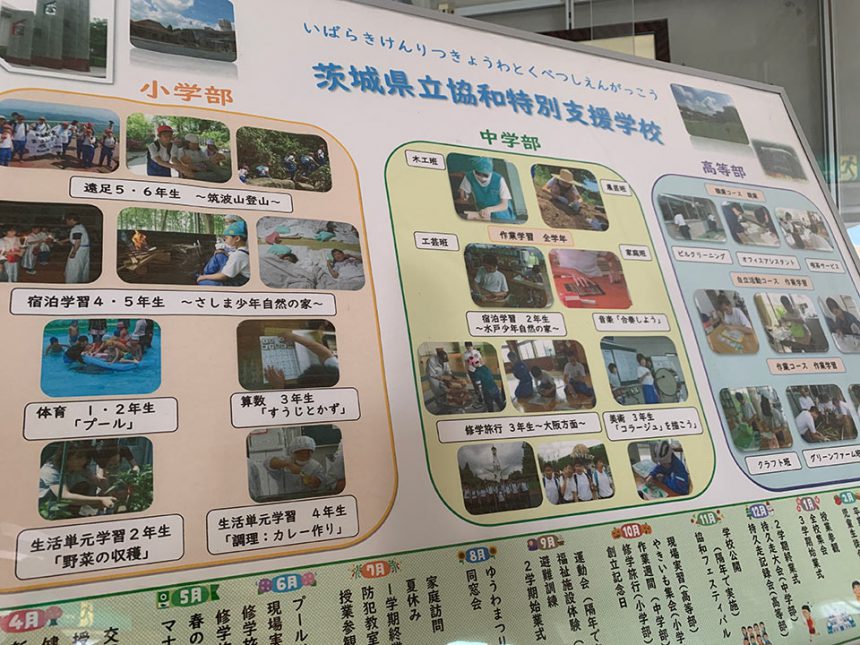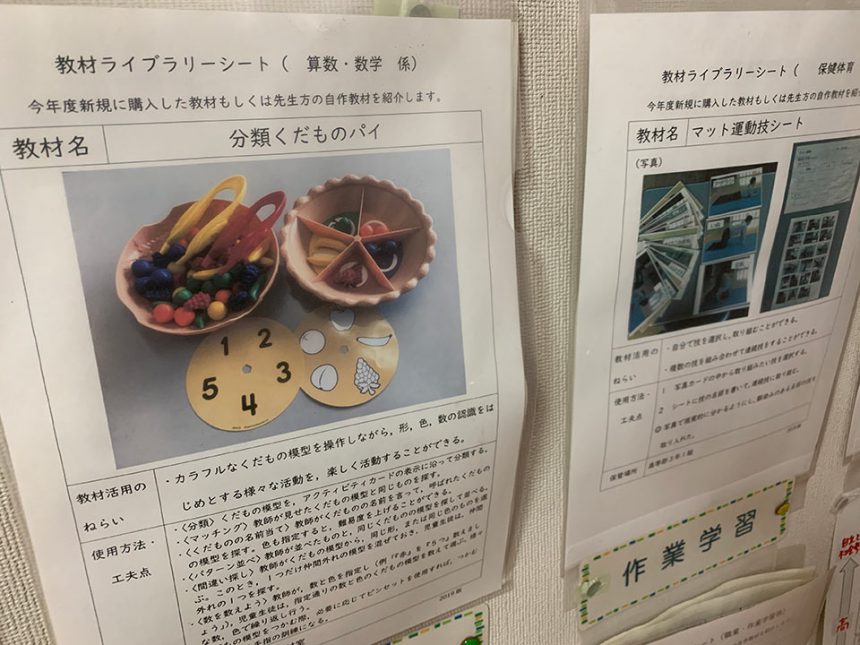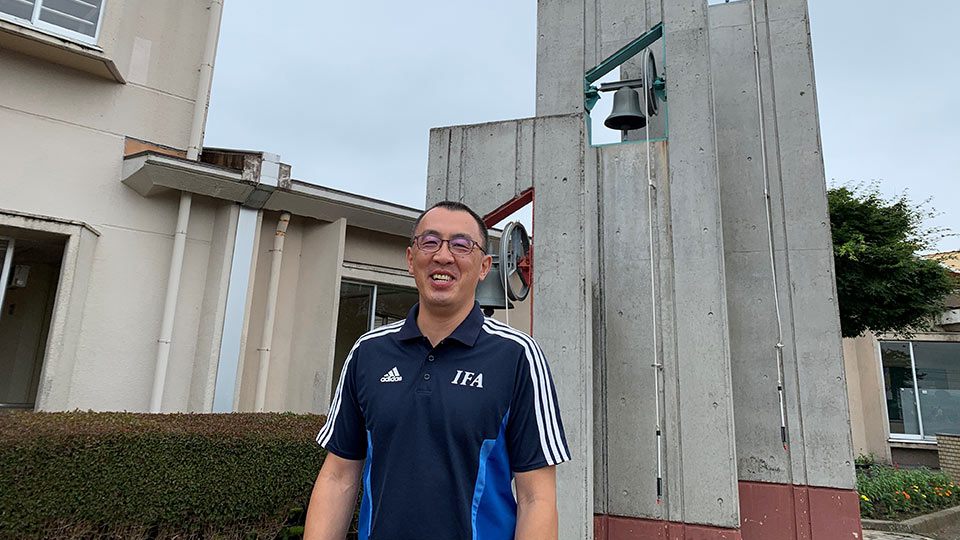
Ibaraki Prefectural Kyowa Special Needs School
Interview with Professor Takeshi Fujita
Q. What kind of work do you do?
I am a teacher at Ibaraki Prefectural Kyowa Special Needs School, where I am also the head of the Information Education Department, and this is my second year.
I also serve as a program committee member for the NHK program Stretch Man Gold, and as vice-chair of the Ibaraki Football Association's Inclusive Committee, which coordinates football for people with disabilities.
Q. The moment the font switch was turned on
My first impression of the UD Digital Textbook Font was that it was very easy to see and read, but the moment I turned the font switch "ON," I realized that this feeling wasn't just mine.
In the past, when I created documents or slides, I often had trouble deciding what font to use, but since I discovered UD fonts, I no longer have to worry about fonts. Now, I set UD fonts as my default setting, and they have become the foundation for me!
Furthermore, when I gave a presentation using the UD digital textbook font at a training session, participants asked me, "What font are you using?" and "What is this UD font mark?" and I realized that what I felt was something everyone else felt. Recently, I've been seeing UD fonts more and more around town, and I myself feel very happy when I see them.
Q. Which Morisawa UD fonts do you use most often, and in what situations do you use them?
The font we use most frequently is the UD Digital Textbook Font, which we use in all sorts of situations on campus.
Not only me, but the teachers at our school also actively use UD fonts, with about 99.9% UD digital textbook fonts being used. Recently, about 80% of materials used in staff meetings have also been in UD digital textbook fonts.
The principal also wanted to change the school name and motto on the school's website, so we changed them to the UD digital textbook font.
School usage example



Q. What would you like to challenge yourself with in the future? What are you interested in?
I want to create a situation where it is common knowledge that everyone at special needs schools in the prefecture knows about UD fonts. Furthermore, I have the ambition to have teachers at elementary, junior high, and high schools become aware of UD fonts, and for UD fonts to become widespread throughout Ibaraki Prefecture! To that end, this year I would like to introduce UD fonts to nearby high schools in addition to elementary and junior high schools, and convey the message that "changing typefaces may help some students."
Recently, we have also been focusing on teacher training and skill development in order to promote sustainable school education in connection with the SDGs. As part of this, we have started online training sessions using videos of around 10 minutes. In these sessions, we also introduce UD fonts, which are not only easy to read but also have solid scientific evidence, so we want people to use them!
Q. What do you expect from Morisawa's UD fonts in the future?
I would like to have an opportunity to experience for myself the benefits of UD fonts through the actual experience of difficulty seeing and reading. I once heard on a TV special that the sharp edges of the letters in the textbook font that comes standard with computers feel like they are stabbing into your eyes and hurt, and that the horizontal lines in the Mincho font are difficult to see. I would like to be able to experience what it is like for people who have such visual difficulties, and to be able to appeal to them that this UD font is one example of consideration.

